Treasury Secretary Steven Mnuchin speaks with reporters outside White House in Washington, DC, on March 13, 2020. (Jim Watson/AFP/Getty Images)
Mnuchin Vows ‘Massive Amount of Liquidity’ to Counter Coronavirus Market Turmoil
Treasury Secretary Steven Mnuchin said his office was working closely with the Federal Reserve to ensure an ample supply of liquidity to markets that have been rocked by the coronavirus epidemic.
Mnuchin told CNBC in an interview Friday that he and Fed Chairman Jerome Powell were “in constant conversation” about financial crisis management tools that could be deployed to counter the virus-driven fallout.
“We don’t have the same authorities we had before Dodd-Frank and the financial crisis, but we do have authorities and we will be looking at using those,” Mnuchin said, noting that the Fed had already announced the injection of over a trillion dollars of short-term liquidity into markets, in what he said was an “unprecedented move.”
CORONAVIRUS SPECIAL COVERAGE
The New York Federal Reserve said Thursday it would make $1.5 trillion available for overnight lending markets and start purchasing a broader range of U.S. Treasury securities as part of its monthly purchases. The central bank offered $500 billion in a three-month repo operation on Thursday and will offer an additional $500 billion in one-month repo and $500 billion in three-month repo loans on Friday.
“We’ll be rolling out other programs,” Mnuchin said. “There will be a massive amount of liquidity.”
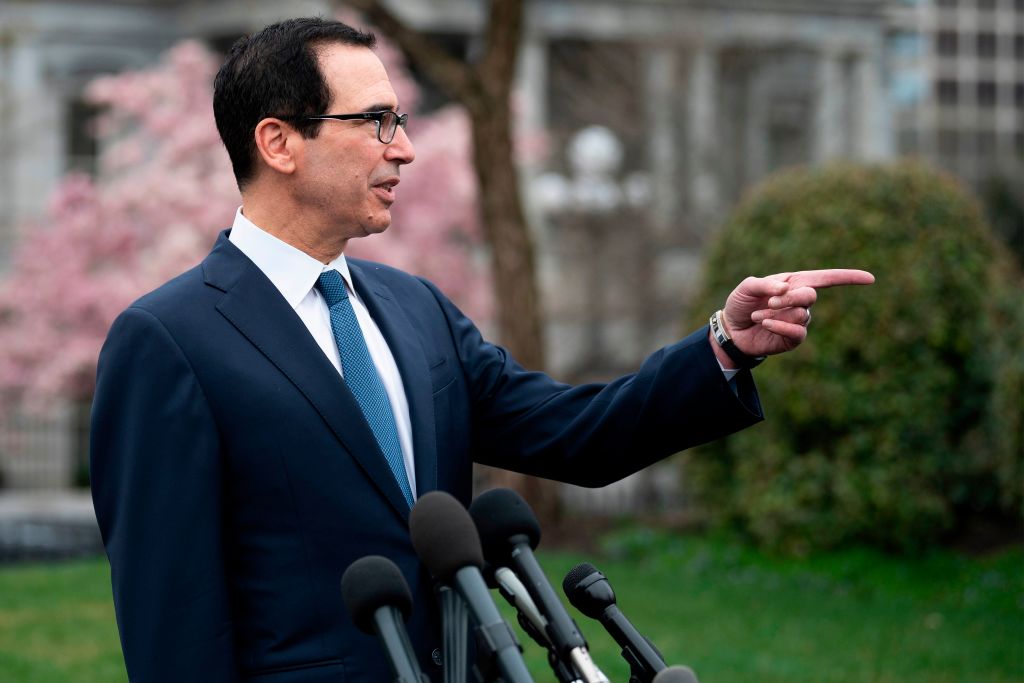
‘No Stigma’
The Treasury Secretary also encouraged banks to borrow from the Fed’s so-called discount window, which is a monetary policy tool banks have often been reluctant to use.
“There’s no stigma about going to the discount window,” Mnuchin said. “They should feel free to draw from the discount window. That’s another great source of liquidity for them to lend to companies.”
A Fed research note explains the “stigma” dynamics: “For decades, banks have demonstrated some reluctance to use the discount window in this manner out of concern that the act of borrowing might send a negative signal about their financial conditions to their counterparties, their competitors, their regulators, and the public.”
“At various times, the Federal Reserve has made adjustments to discount window operating procedures in an effort to reduce stigma, but stigma likely persists today,” the note says.
Mnuchin also said the Trump administration was considering a range of alternatives to ensure the economy does not seize up in the face of coronavirus-related travel disruptions, event cancellations, and business closures.
“We’re going to look at every tool in the toolbox,” he said, adding that the Trump administration was considering a temporary suspension of student debt payments amid the coronavirus outbreak.
“That’s on our list of 50 different items we’re bringing to the president for a decision,” Mnuchin told CNBC’s “Squawk Box” after being asked if he would consider a three-month suspension of payments.
“The president is all about action, action, action,” he added.

On Wednesday, President Donald Trump said the Treasury Department would defer tax payments without interest or penalties for certain individuals and businesses negatively impacted, aiming to provide more than $200 billion of additional liquidity to the economy.
Trump also said the Small Business Administration will provide capital and liquidity to firms affected by the coronavirus by providing low-interest loans to small businesses in affected states and territories, effective immediately. He also suspended all travel from Europe, with a few exceptions, to the United States for 30 days starting on Friday.
Earlier, Trump signed an $8.3 billion emergency spending bill to combat the spread of the virus and develop vaccines for the disease.
Mnuchin also told CNBC that he believes the stock market plunge will be short-lived and so represents an attractive buying opportunity.
“This is a short-term issue. It may be a couple of months but we’re going to get through this and the economy will be stronger than ever,” he said.
“I look back at people who bought stocks after the crash in 1987, people who bought stocks after the financial crisis. For long-term investors, this will be a great investment opportunity,” he added.
U.S. Federal Reserve Board Chairman Jerome Powell speaks during a news conference in Washington on Dec. 19, 2018. (Mark Wilson/Getty Images)
Fed Minutes Shed Light on Interest Rate Cut as Economic ‘Uncertainties’ Remain
The Federal Reserve has released the minutes of its Oct. 29-30 meeting, shedding light on the central bank’s decision to cut interest rates and signal a policy of wait-and-see.
“Most” of the Fed’s rate-setting officials saw the October cut in the federal funds rate as enough “to support the outlook of moderate growth, a strong labor market, and inflation near the Committee’s symmetric 2 percent objective,” according to the Federal Open Market Committee (FOMC) meeting minutes, released Wednesday.
The Fed’s October decision is the third time the central bank cut interest rates in 2019. The minutes indicate that the reduction in the federal funds rate to a target range of between 1.50 percent and 1.75 percent would be the last rate move over the short term.
CORONAVIRUS SPECIAL COVERAGE
The federal funds rate is a benchmark that influences many consumer and business loans, including mortgages, auto loans, and student loans. By lowering the cost of borrowing, lower interest rates are intended to stimulate the economy by encouraging more borrowing and spending.
The cuts have been positioned as “a mid-cycle adjustment” to help shield the U.S. economy from the effects of the U.S.-China trade war and slowing global growth.
“Many participants judged that an additional modest easing at this meeting was appropriate in light of persistent weakness in global growth and elevated uncertainty regarding trade developments,” the minutes said. By contrast, “some” policymakers were against the reduction, viewing the economic outlook as still favorable, inflation moving back to the Fed’s goal and “in light of lags in the transmission of monetary policy, preferred to take some time to assess the economic effects of…previous policy actions.”
Following the meeting, Fed Chair Jerome Powell signaled the Fed was effectively on hold with interest rates and said that would only change if there was a “material” change in outlook for the U.S. economy.
The minutes indicated the Fed’s interest rate policy “likely would remain” where it is “as long as incoming information about the economy did not result in a material reassessment of the economic outlook.”
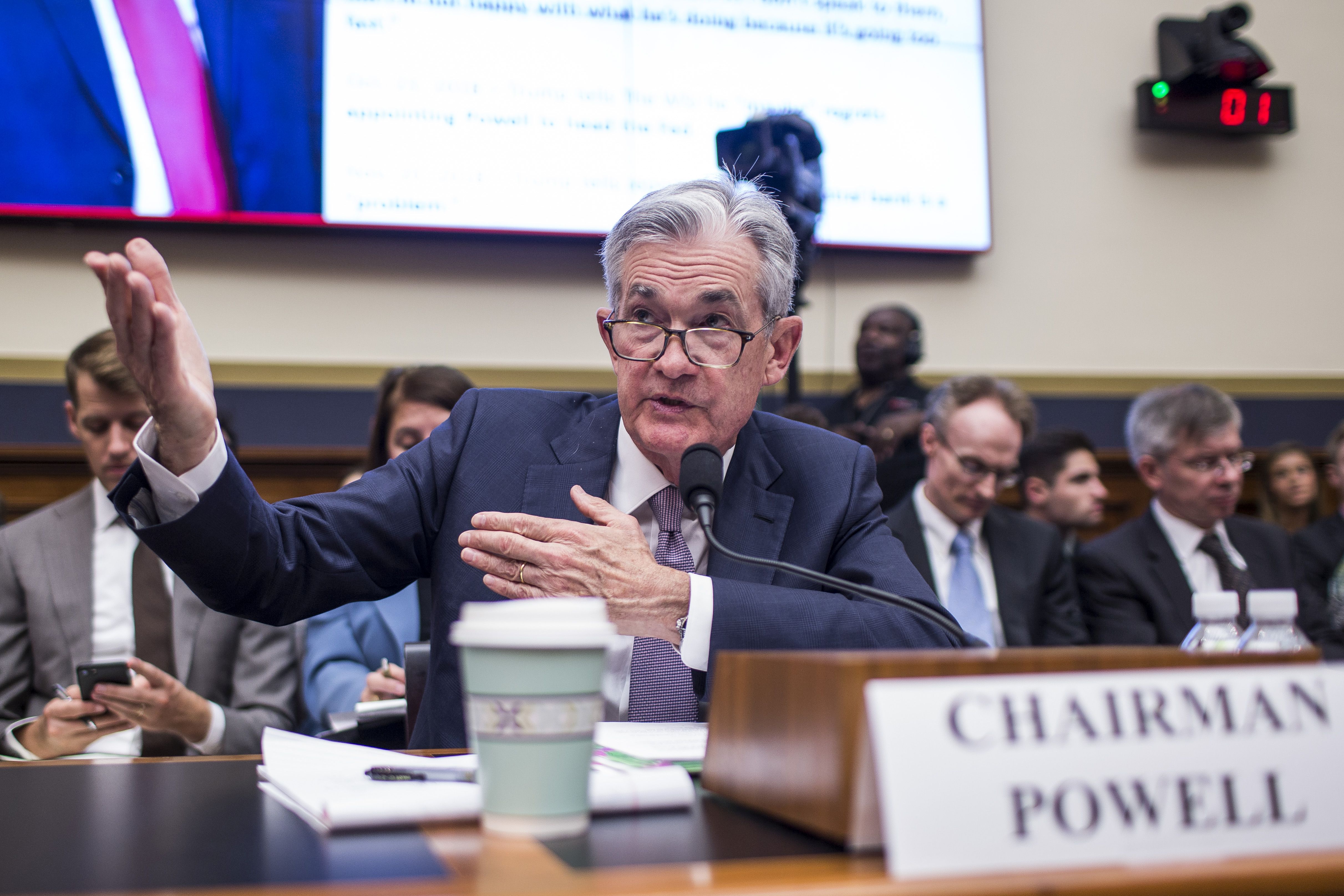
Powell said at a press conference on Oct. 30 that the committee believed “monetary policy is in a good place.”
“Of course, if developments emerge that cause a material reassessment of our outlook, we would respond accordingly. [The] policy is not on a preset course,” Powell said. He noted that the weakness in global growth, trade tensions, as well as “muted inflation pressures” have led the Fed to lower rates.
Another Cut ‘Unlikely In the Near Term’
The minutes show the Fed signaled at its FOMC meeting that it plans no further cuts unless it finds clear evidence that the economic outlook has deteriorated.
“A couple of participants expressed the view that the Committee should reinforce its postmeeting statement with additional communications indicating that another reduction in the federal funds rate was unlikely in the near term unless incoming information was consistent with a significant slowdown in the pace of economic activity,” the minutes stated.
This raises the bar for another cut at the FOMC’s next meeting on Dec. 10-11.
New York Fed President John Williams told WSJ reporters Tuesday that a sustained downturn in inflation or global factors that cause the economy to slow down more than expected could both build a case to cut rates again.
President Donald Trump has criticized the Fed for not taking a more aggressive rate-cutting stance. Speaking at the Economic Club of New York last week, Trump accused the Fed of stifling growth by being too slow to slash rates.
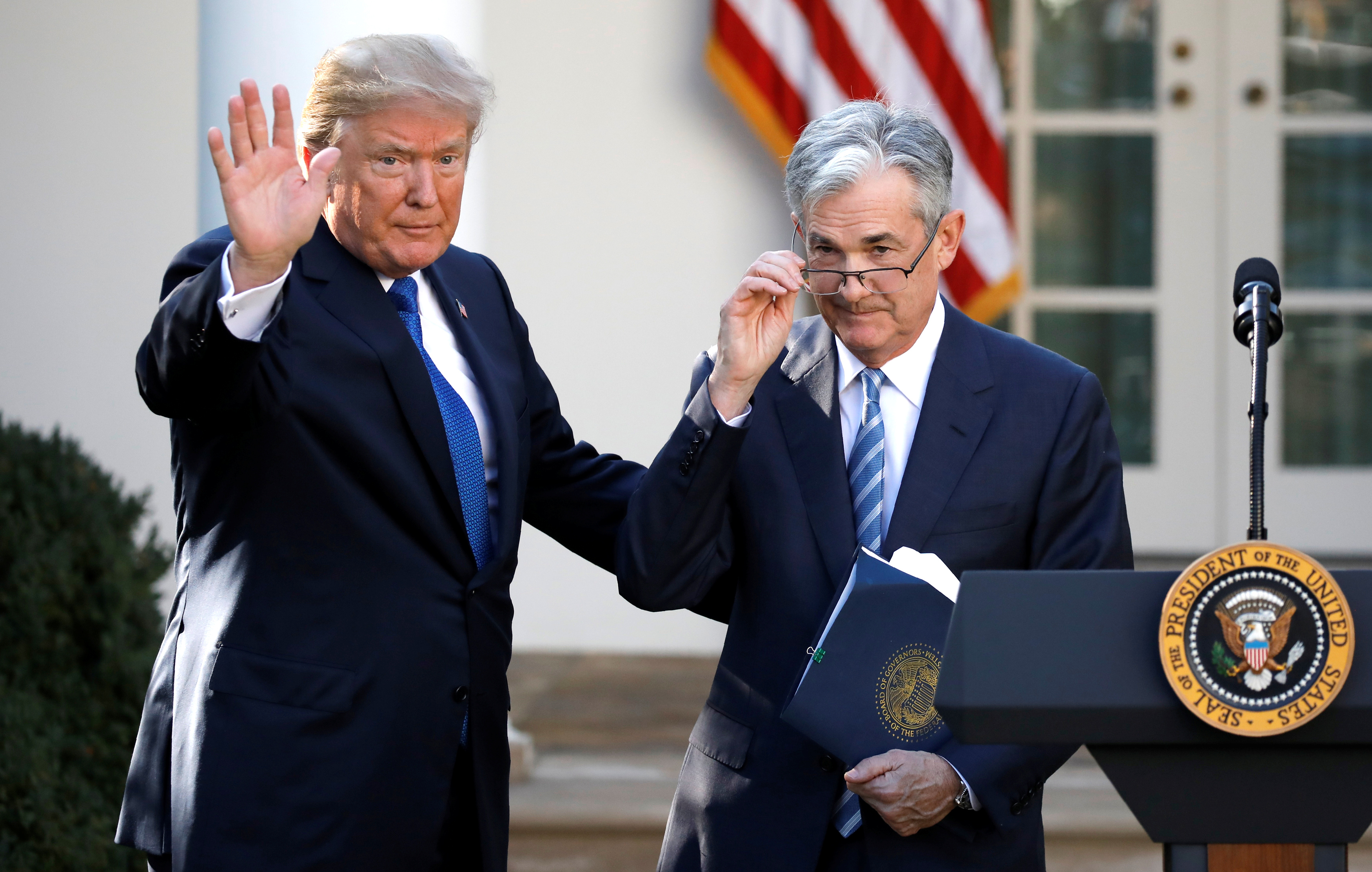
“The Fed has called it wrong from the beginning, too fast, too slow,” Trump wrote on Twitter on Oct. 31. “They even tightened in the beginning. Others are running circles around them and laughing all the way to the bank.”
On Monday, Trump and Powell met for around 30 minutes at the White House, in a meeting attended by Treasury Secretary Steven Mnuchin.
Trump said he had a “very good and cordial” meeting with the central bank head, while the Fed said in a statement that “Chair Powell’s comments were consistent with his remarks at his congressional hearings last week.”
“Everything was discussed including interest rates, negative interest, low inflation, easing, Dollar strength & its effect on manufacturing, trade with China, E.U. & others, etc,” Trump wrote on Twitter.
Later that day, the president wrote in a Tweet: “At my meeting with Jay Powell this morning, I protested fact that our Fed Rate is set too high relative to the interest rates of other competitor countries. In fact, our rates should be lower than all others (we are the U.S.). Too strong a Dollar hurting manufacturers & growth!”
The Fed said in a statement that its boss “did not discuss his expectations for monetary policy, except to stress that the path of policy will depend entirely on incoming information that bears on the outlook for the economy.”
“Chair Powell said that he and his colleagues on the Federal Open Market Committee will set monetary policy, as required by law, to support maximum employment and stable prices and will make those decisions based solely on careful, objective and non-political analysis.”
‘Uncertainties About This Outlook Remain’
When FOMC members voted on Oct. 30 to proceed with the rate cut and continue monitoring activity, they acknowledged that “uncertainties about this outlook remain.”
“This action supports the Committee’s view that sustained expansion of economic activity, strong labor market conditions, and inflation near the Committee’s symmetric 2 percent objective are the most likely outcomes, but uncertainties about this outlook remain,” according to a summary statement.
In the minutes, there was little discussion of what a “material” reassessment of the economic outlook would involve, bar two policymakers who wanted the Fed to make plain that another rate cut would be unlikely in the near term unless there was a significant slowdown in the pace of economic growth. Dallas Fed President Robert Kaplan has since said the price of his support was such a statement being made.
The Fed is forecasting the economy growing 2.2 percent this year, slightly above its potential, which the central bank estimates at around 2 percent.
While economic growth has slowed this year, fears that sectoral weakness could spread to the wider economy have not materialized as it continues to expand at a moderate pace with unemployment near a 50-year low and consumer spending, which accounts for roughly 70 percent of U.S. economic activity, still holding up.
That dissonance has left the committee increasingly divided. Boston Fed’s Eric Rosengren and Kansas City Fed’s Esther George voted against October’s rate cut and since the meeting several other non-voting policymakers have said they were against the October decision.
The FOMC’s October vote also encompassed approval of the statement below:
“Information received since the Federal Open Market Committee met in September indicates that the labor market remains strong and that economic activity has been rising at a moderate rate. Job gains have been solid, on average, in recent months, and the unemployment rate has remained low. Although household spending has been rising at a strong pace, business fixed investment and exports remain weak. On a 12‑month basis, overall inflation and inflation for items other than food and energy are running below 2 percent. Market-based measures of inflation compensation remain low; survey-based measures of longer-term inflation expectations are little changed.
“In light of the implications of global developments for the economic outlook as well as muted inflation pressures, the Committee decided to lower the target range for the federal funds rate to 1-1/2 to 1-3/4 percent. This action supports the Committee’s view that sustained expansion of economic activity, strong labor market conditions, and inflation near the Committee’s symmetric 2 percent objective are the most likely outcomes, but uncertainties about this outlook remain.”
The statutory mandate of the Fed is to foster maximum employment and price stability.
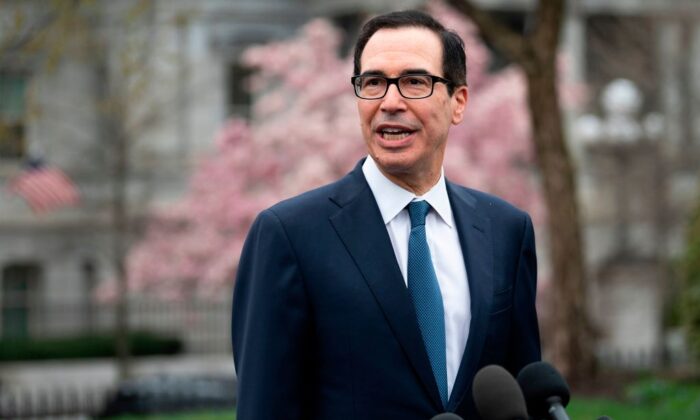
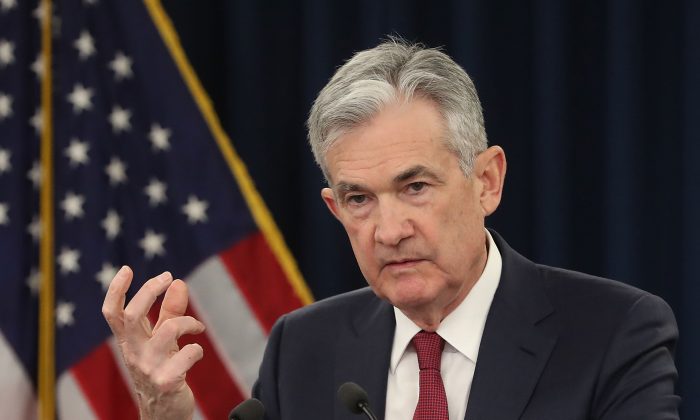
No comments:
Post a Comment